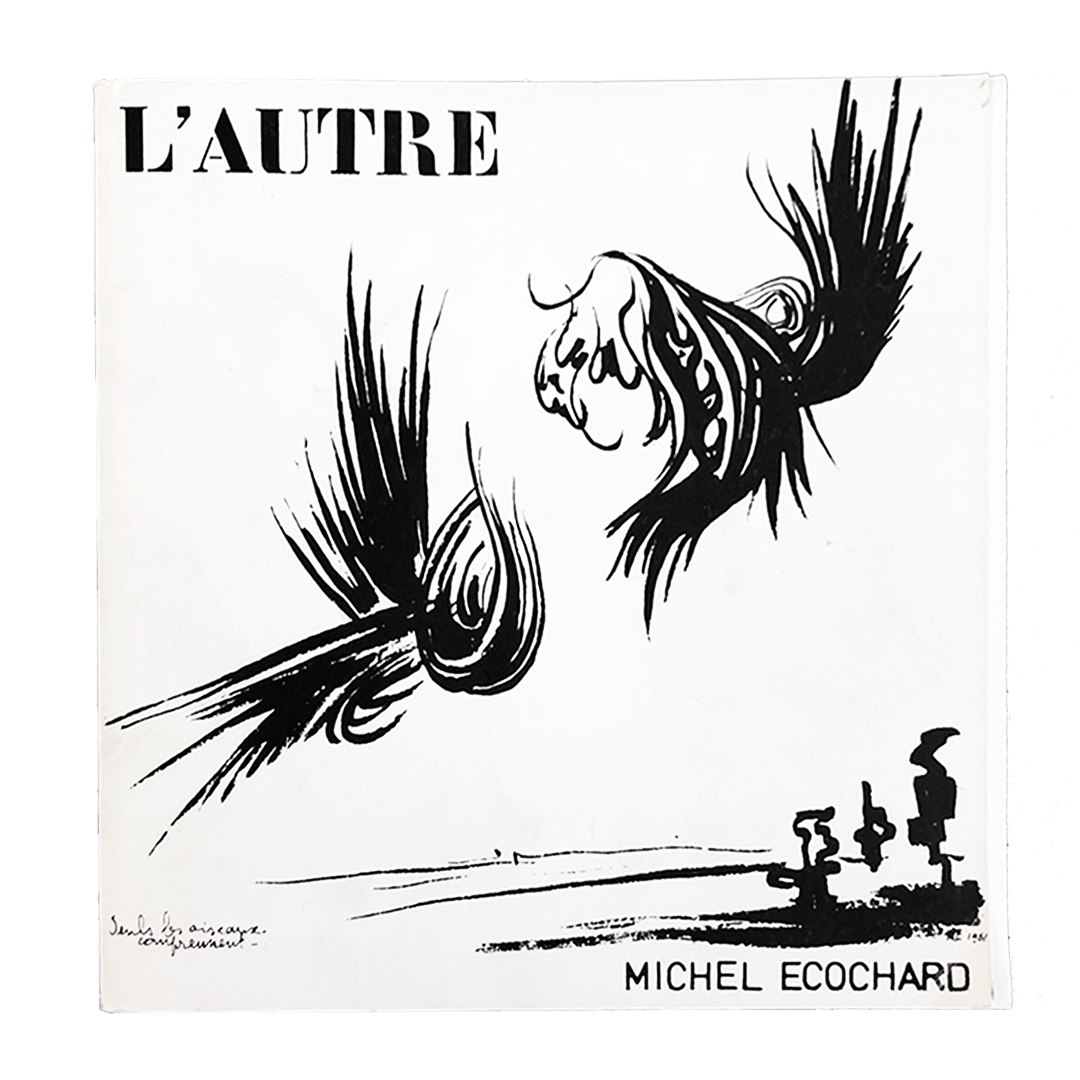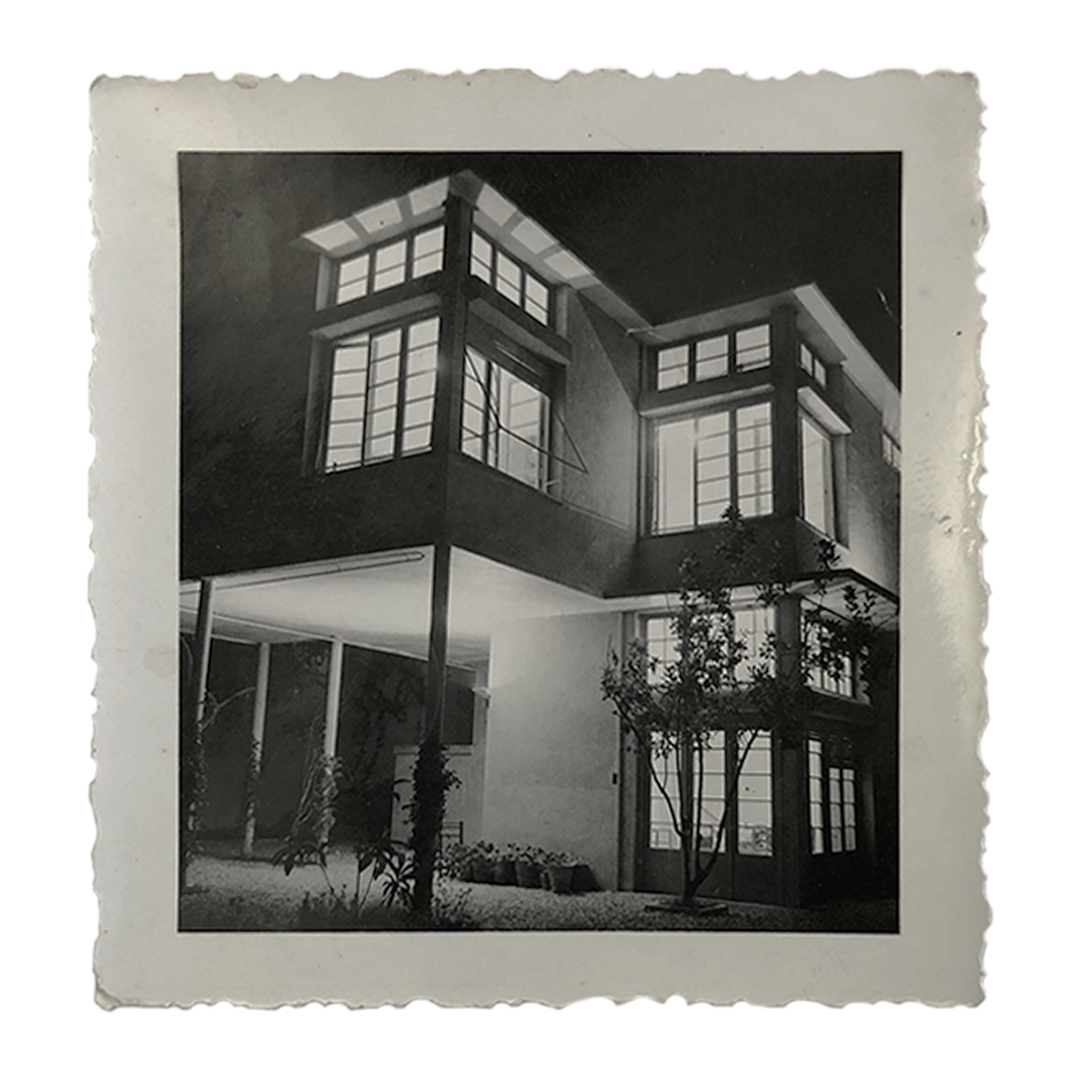Intricate Iridescence: Resourcefulness and Adaptation with Nacre
![]() in the 19th Century Eastern Mediterranean
in the 19th Century Eastern Mediterranean
Occidental demand for inlaid goods peaked in 19th century Damascus despite an economic crisis caused by rising cheaper industrial products. To demonstrate how the craft of nacre inlay survived the time’s changing circumstances, I synthesize insights from material sciences, migration studies, Ottoman history, archaeology, museum inventories, craft encyclopedias, and consular reports.Nacre

(Re-)Re-Imagining the Craft of Inlay: Contemporary Designs and their Historical Echoes
This piece challenges the nostalgic claims of contemporary mother-of-pearl furniture designers by demonstrating how re-imagining the craft of inlay is more than a recent phenomenon. In fact, the supply, production, and circulation of nacre inlaid objects have been historically re-imagined, defying demarcations between “East and West,” “tradition and innovation,” and even “homeland and diaspora.”
Elusive Histories, Specific Stories: Trips to Beirut’s Al-Basta Antiques Market
An oral history project in the antiques stores of Al-Basta that document the biographies and nostalgic impetuses of some of its clients, dealers, and artisans. In the market, nostalgia is more than just an attachment to the past: it is a way to reminisce, imagine stories about objects, a tool to restore or transform artifacts, a way to make a livelihood, or to keep a family business.
Travel, Orientalism, and Colonialism in Michel Écochard’s L’Autre
The essay takes Michel Écochard’s
L’Autre

Making and Unmaking Qasr el-Azem (1922–46): Archeology, Architecture, and Urban Policy under French Colonialism
Intertwined colonial politics, economics, archeology, and personal motives materialize architecturally in Qasr el-Azem. The palace was unmade from an Ottoman residence into a French institution,
unmade

extension

Middleman Activity and its Materialization in the Built Environment of ’Aley (with some stories from Bḥamdūn and Ṣawfar)
This piece focuses on middlemen activity underlying land and real-estate dynamics and how they materialize in the built environment of a town in Mount Lebanon. Through qualitative information—recorded stories from the summer of 2021—I illustrate different genres of the simsār, their business activity, and the landmark sales they facilitate.
Min Bʻīd la-Bʻīd (from Far to Far): On Homemaking under Diasporic Conditions in ’Aley and Shūf
In the villages of Mount Lebanon, homes are realized through years of immigrants’ remittances, messages, objects, and visits. This project offers an expanded understanding of the homes and homemaking of diasporic families, through which they manage separation and fragmentation and adapt to personal and regional political change.
